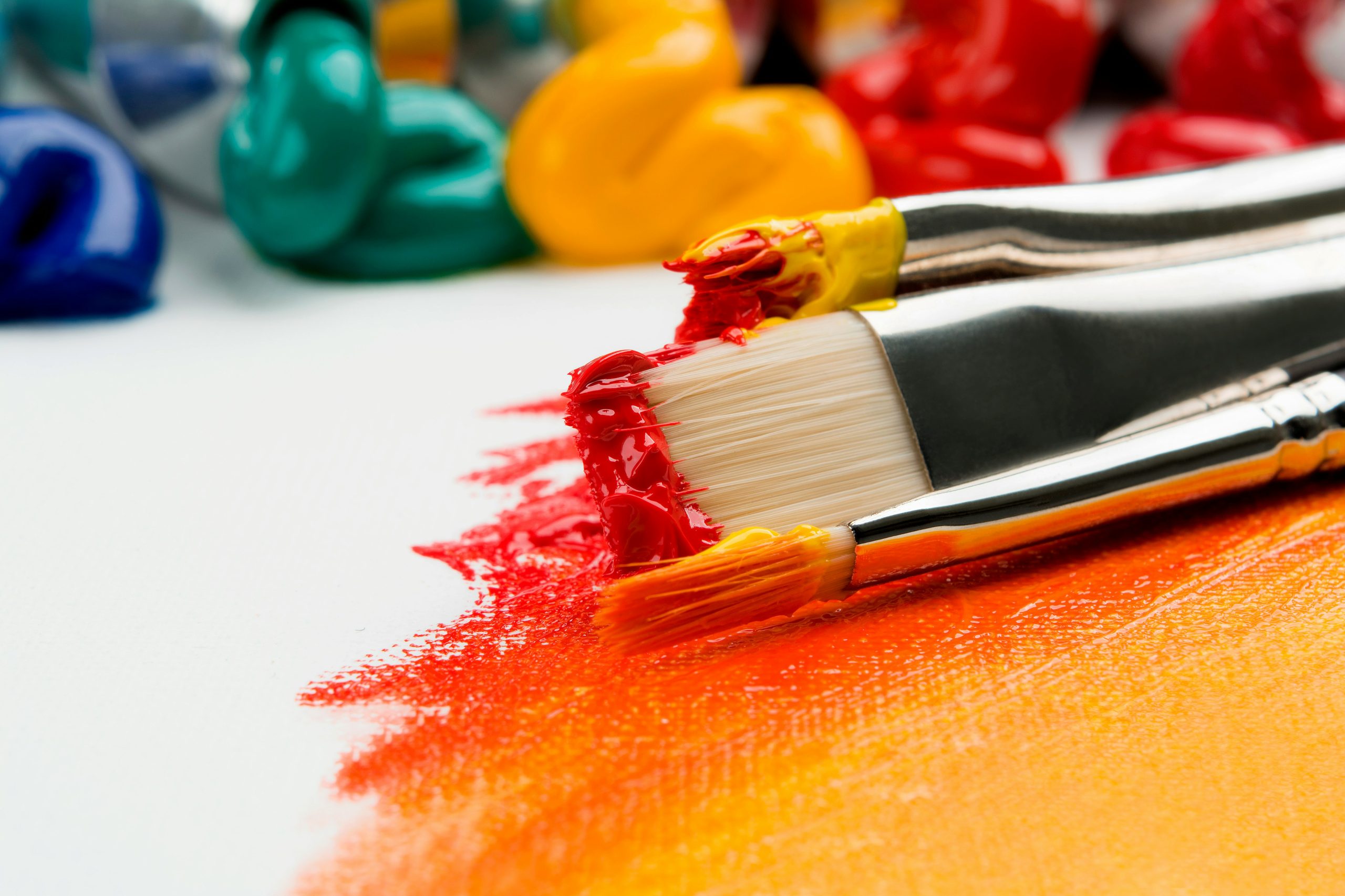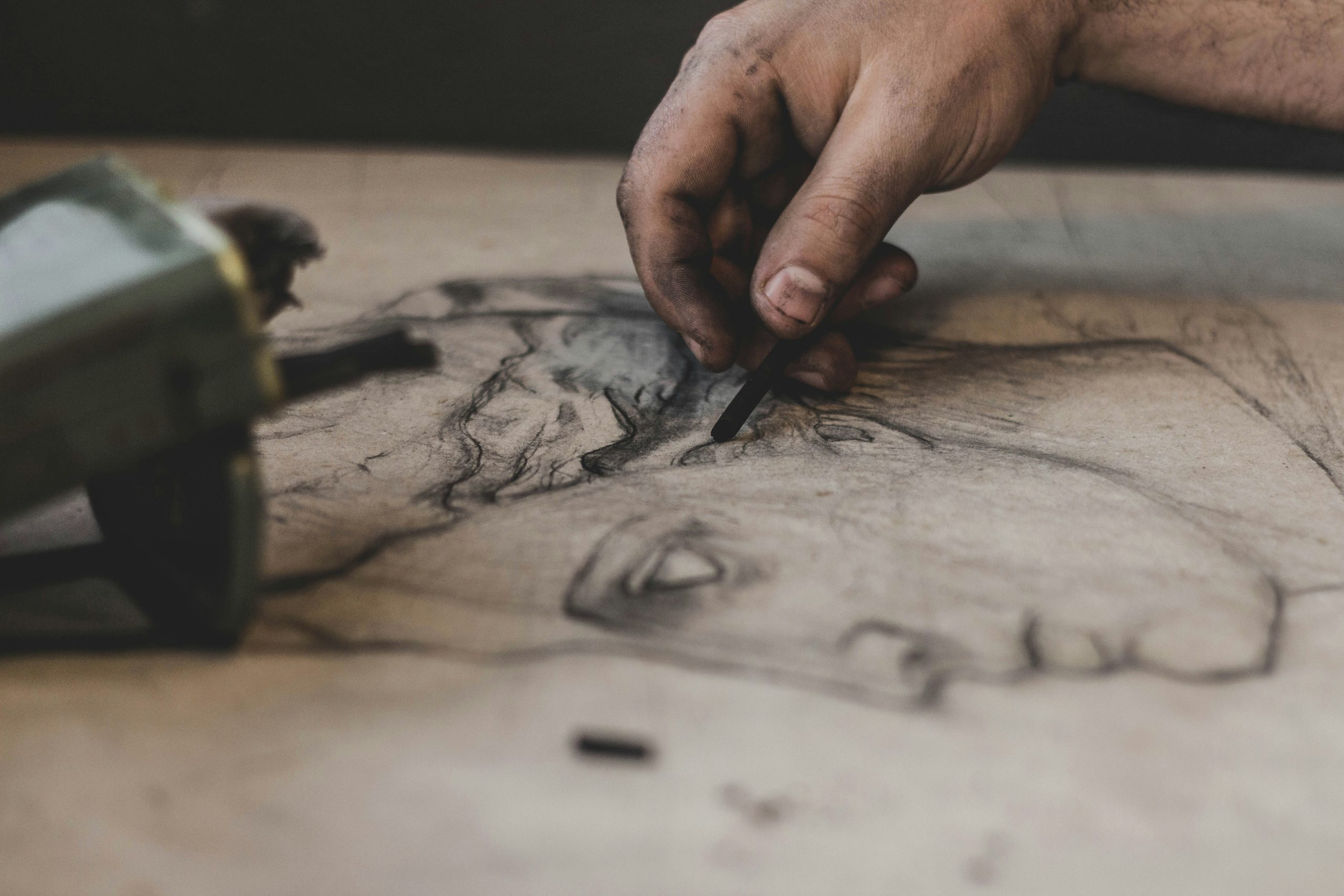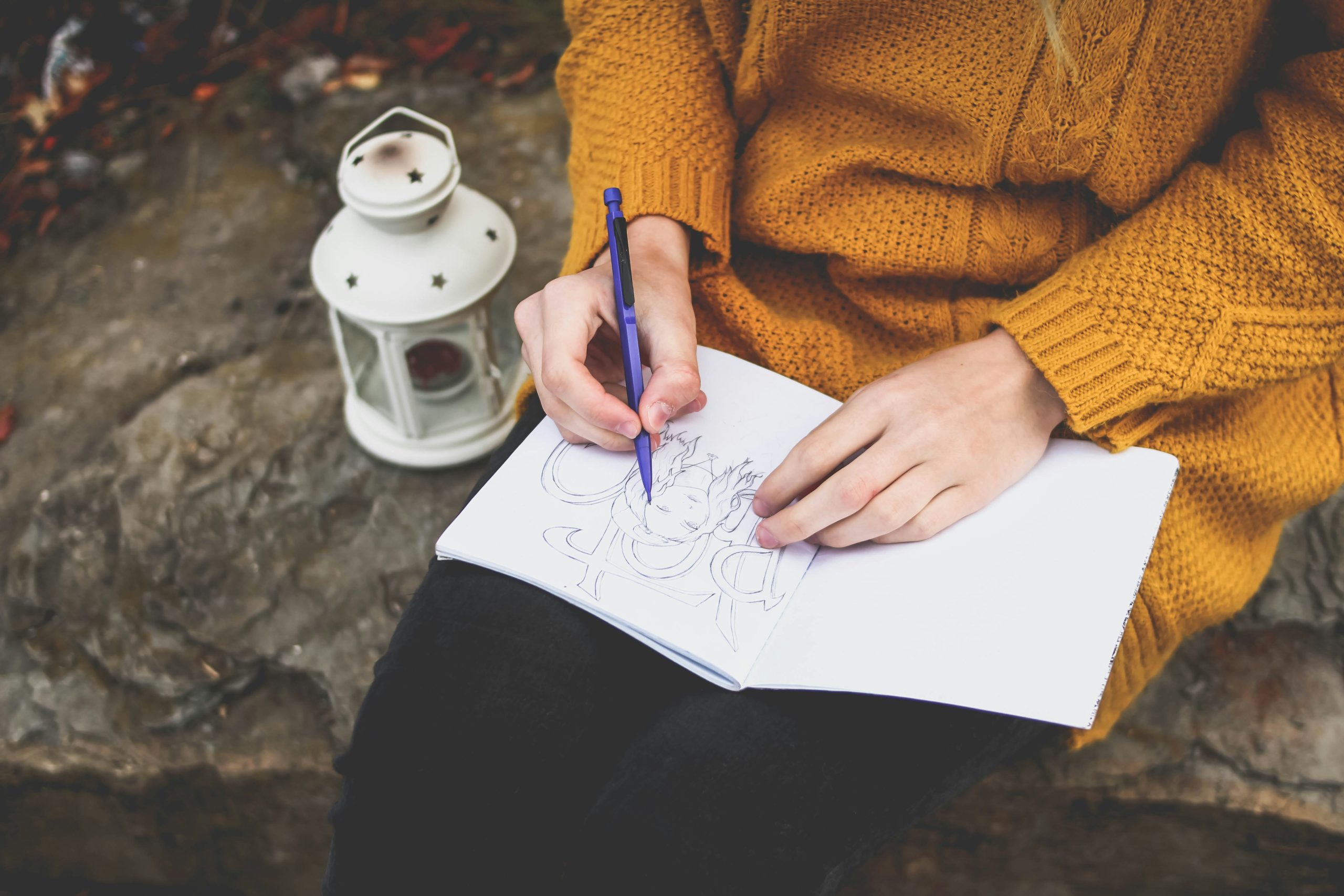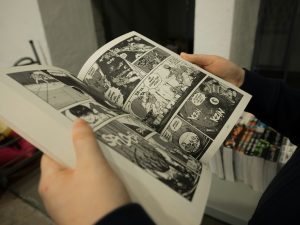
Drawing is a fundamental skill for any artist, and whether you’re a beginner or an experienced artist looking to improve, there are always new techniques and approaches to learn. Enhancing your drawing skills can significantly elevate your art, bringing more depth, realism, and creativity to your work. Here are the top five drawing tips to help you enhance your art and take your drawings to the next level.

1. Master the Basics of Drawing
Understand Proportions and Anatomy
One of the foundational skills in drawing is understanding proportions and anatomy, especially if you aim to draw figures or portraits. Study the human body, animal anatomy, or the structure of objects to grasp how different parts relate to each other in size and position. Use references and practice sketching basic shapes and forms to get a feel for accurate proportions.
Practice Basic Shapes and Forms
Everything you draw can be broken down into basic shapes and forms. Start by sketching simple shapes like circles, squares, and triangles. These shapes are the building blocks of more complex drawings. For example, a cylinder can help you understand how to draw arms or legs, while spheres are useful for heads and joints. Mastering these basics will give you a strong foundation to build upon.
2. Improve Your Observation Skills
Draw from Life
Drawing from life is one of the most effective ways to enhance your observation skills. Set up a still life arrangement, visit a park, or use a live model to practice capturing what you see. Pay attention to details such as light, shadow, texture, and perspective. Observing real-life subjects helps you understand how they exist in space and how light interacts with them, making your drawings more realistic and dynamic.
Use Reference Images
While drawing from life is invaluable, using reference images can also be highly beneficial. Collect a library of reference photos that you can use for practice. Study these images to understand different textures, lighting conditions, and perspectives. Using references can also help you tackle more complex subjects that might not be easily accessible for live drawing.
3. Experiment with Different Materials and Techniques
Try Various Drawing Tools
Exploring different drawing tools can expand your artistic capabilities and open up new possibilities. Experiment with pencils of varying hardness, charcoal, ink, markers, and digital drawing tablets. Each medium has its unique qualities and can produce different effects. For example, charcoal is great for creating rich, dramatic contrasts, while ink can produce clean, sharp lines.
Explore Different Techniques
Don’t be afraid to try new techniques and styles. Experiment with hatching, cross-hatching, stippling, blending, and shading. Each technique can add different textures and dimensions to your drawings. Additionally, trying out various styles, such as realism, abstraction, or cartooning, can help you discover new ways to express your creativity and improve your skills.
4. Focus on Light and Shadow
Understand Light Sources
Light and shadow are crucial for creating depth and realism in your drawings. Study how light interacts with objects and how shadows are cast. Practice drawing objects with a single light source to understand how light creates highlights and shadows. As you become more comfortable, experiment with multiple light sources and varying lighting conditions.
Use Value to Create Depth
Value refers to the lightness or darkness of a color. By varying the values in your drawing, you can create a sense of depth and form. Practice shading techniques to transition smoothly between different values. Use a range of tones from light to dark to give your drawings a three-dimensional appearance. Understanding and applying value effectively can make your drawings look more lifelike and engaging.
5. Develop a Consistent Practice Routine
Set Aside Regular Practice Time
Like any skill, drawing improves with consistent practice. Set aside dedicated time each day or week to practice drawing. Whether it’s a quick sketch or a detailed study, regular practice helps reinforce techniques, improves muscle memory, and enhances your overall drawing ability. Consistency is key to long-term improvement.
Keep a Sketchbook
Maintain a sketchbook to document your progress and ideas. Use it to practice new techniques, experiment with different styles, and jot down inspiration. A sketchbook is also a great place to make mistakes and learn from them without the pressure of creating a perfect piece. Over time, your sketchbook will become a valuable record of your artistic journey and growth. When exploring more intricate subjects, consult guides such as this drawing a hand skeleton guide to understand the anatomy and structure in detail, enhancing your understanding and improving your skills.

Bonus Tip: Seek Feedback and Learn from Others
Join Art Communities
Engaging with other artists can provide valuable insights and feedback. Join local art clubs, online forums, or social media groups where you can share your work, ask for critiques, and learn from others. Observing different approaches and receiving constructive criticism can help you see your work from a new perspective and identify areas for improvement.
Study Master Artists
Learning from master artists can be incredibly inspiring and educational. Study the works of artists you admire, analyze their techniques, and try to understand their approach to drawing. Recreate their work to gain a deeper understanding of their style and methods. This practice can help you develop your unique style while learning from the best.
Conclusion
Improving your drawing skills is a continuous journey that requires patience, practice, and a willingness to experiment. By mastering the basics, improving your observation skills, experimenting with different materials and techniques, focusing on light and shadow, and maintaining a consistent practice routine, you can significantly enhance your art. Remember to seek feedback and learn from others, as this will provide new insights and inspiration. With dedication and perseverance, you’ll see your drawing skills grow and your artwork reach new heights.








